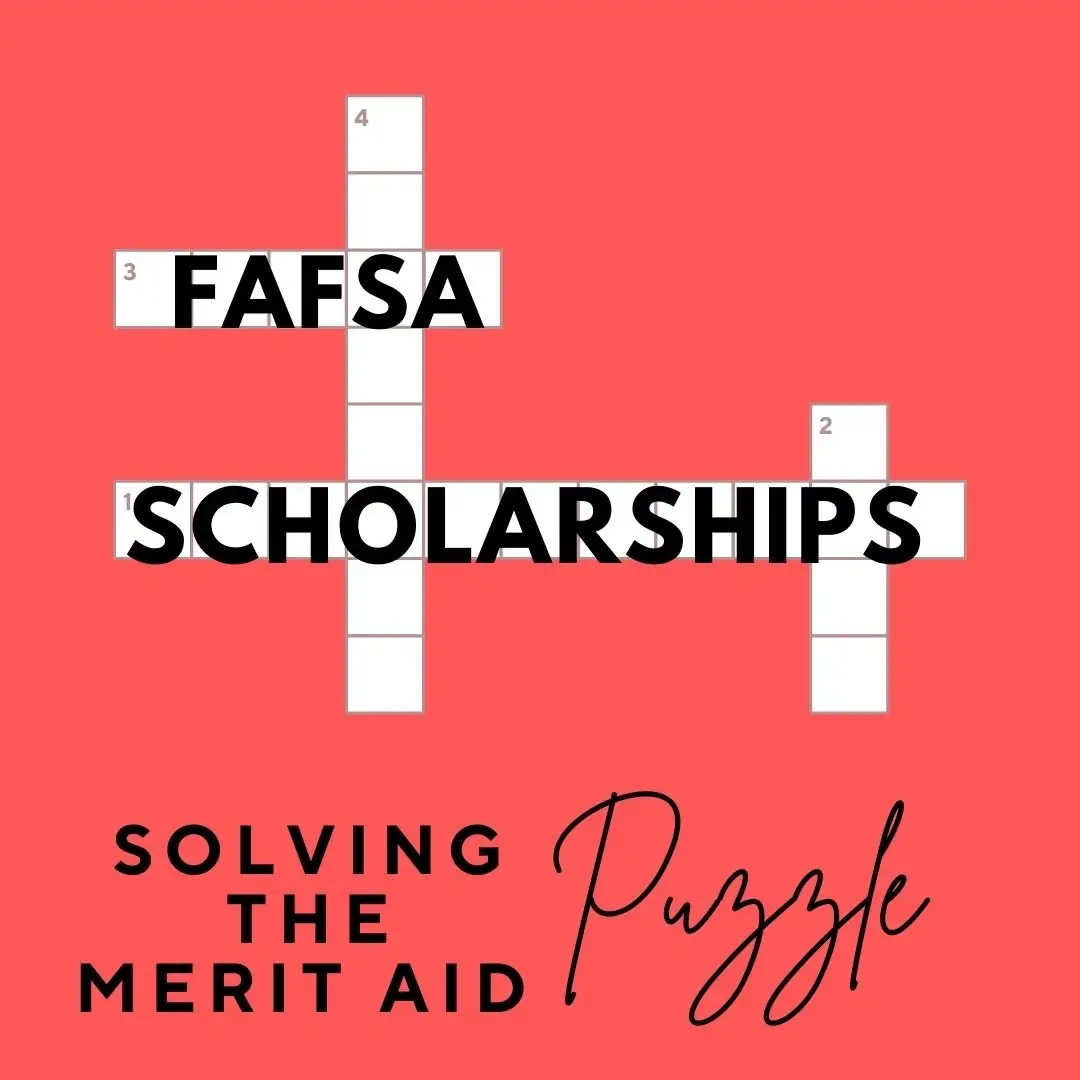Neal Schwartz
- 11 Jan, 2022
- 0 Comments
- 2 Mins Read
HOW TO NAVIGATE THE MERIT AID PUZZLE

When it comes to financial aid, all situations are different. There is no formula to perfectly predict what you’ll get, because a common misconception is that financial aid is the same from all schools. It isn’t. Factors that play into financial aid distribution are Early Decision, private versus public universities and school ranking.
Early Decision has always been a way for colleges to increase their student yield. When students apply early, they show their commitment to a school and a school can be sure that they will attend if accepted. As noted in our previous blogs, recent test optional policies have also increased the number of applications. However, even though this option seems uniquely beneficial on both sides, colleges with Early Decision programs are not necessarily motivated to communicate that if the aid package doesn’t suit a family, they can disengage from the binding agreement.
So, if there is such a misunderstanding and lack of clarity about how much financial aid one can get, this must also play into applications and college choice. The reality is that merit aid, which is aid given for academic or special talents, has been declining at many schools over the last decade. At many selective schools, merit aid is greatly reduced or eliminated altogether. Overall, a wide disparity exists, with more selective schools providing less merit aid. After doing some comparisons, the majority of schools have reduced merit aid by about $500 to $1,000 in the past year, while some schools have increased it. The most selective private schools are more focused on using need-based financial aid and less interested in merit aid as this supports their commitment to diversity. In general, it appears that they don’t believe that the students that will pay in full will satisfy this commitment. However, less competitive schools use merit aid as a pull factor for high-performing students as the key component for their discounted rates.
In any case, the cost of colleges has clearly increased, and financial aid has not necessarily responded to this change, at least for the selective schools. Schools that are below the first and second tiers seem to be more sensitive to increased total costs and will then directly increase merit aid to coincide.
So, besides the trend that more selective schools are generally giving less merit aid, it is difficult to predict how much merit aid a student will be able to get. Our advice to families is to have them use financial aid calculators for each school to find a range of what they can expect from each college in advance to be able to predict as much as possible. However, it’s important to remember that financial aid packages almost always include Stafford loans, whether subsidized or unsubsidized.
For some help navigating the full picture of college including financial aid, give us a call and get a free consultation!
Best Regards,

Neal Schwartz, Owner
College Planning of Westchester
[email protected]
914-273-2353 (office)
914-500-5899 (mobile/text)
NOW IN OUR 19TH YEAR

NOW REGISTERING FOR OUR:
COLLEGE COUNSELING PROGRAM AND SAT/ACT TEST PREP PROGRAMS
NOW IS THE BEST TIME FOR TEST PREP AND COLLEGE APPLICATIONS
Register Today









